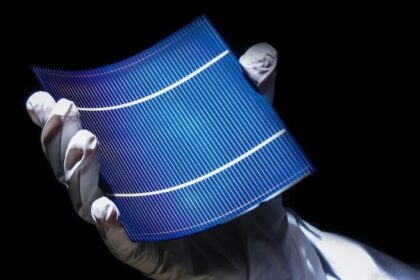With the help of a quantum computer, researchers have discovered molecules that could revolutionize the energy transition. So-called molecular switches could store solar energy for years.
As part of the energy transition, solar energy has become one of the most important pillars of the industry. There are now almost three million photovoltaic systems in Germany – and the trend is rising. However, increasing the efficiency of the systems is becoming more and more important.
As part of a new study, scientists recently presented so-called molecular photoswitches, which are intended to improve the storage of solar energy. The researchers used a quantum computer to find the molecules that are best suited to this technology using an extensive database.
Solar energy: quantum computer discovers molecular switches
Molecular photoswitches that can both convert and store energy could help to significantly increase the efficiency of solar systems. The research team found a particularly efficient molecular structure through the targeted use of quantum computers. Based on a data set of more than 400,000 molecules, they determined the optimal molecular structure for solar energy storage materials.
The European Union also sees the potential of this approach. It is supporting the “Molecular Solar Thermal Energy Storage” (MOST) project. The aim is to research molecules such as photoswitches that can absorb and store solar energy at room temperature. This in turn enables the completely emission-free use of solar energy.
New molecules could revolutionize energy production
As part of the project, the researchers investigated molecules that switch to a high-energy state when exposed to light. The six best-rated molecules found achieved significantly better storage properties than the components currently used in solar panels. This indicates that a structural change enables the new molecules to store more energy. According to the researchers, storage over several months to years is possible.
The researchers’ work shows the potential for optimizing molecules for solar energy storage. However, the new molecules must first be synthesized and tested under real conditions. To do this, the team developed a new, large data set for machine learning. This shortens the laborious research step before synthesis for chemists. Solar panels of the future are therefore likely to help us more than ever in the fight against climate change.










